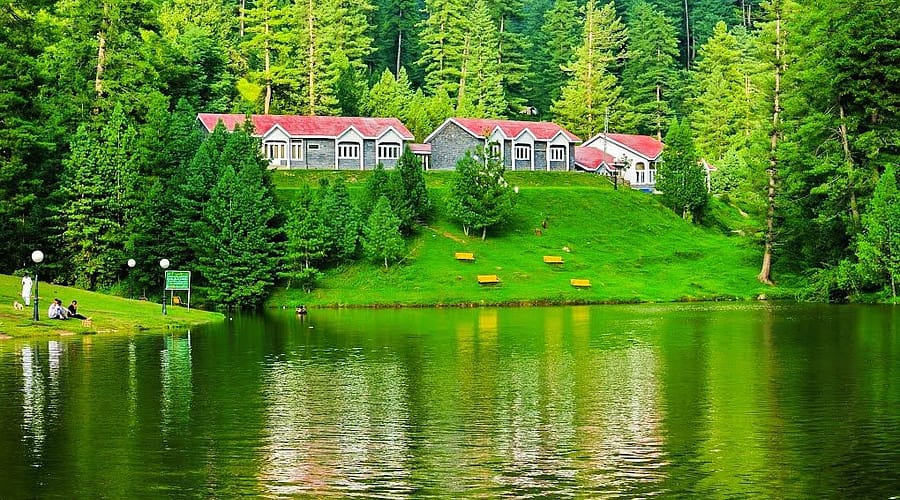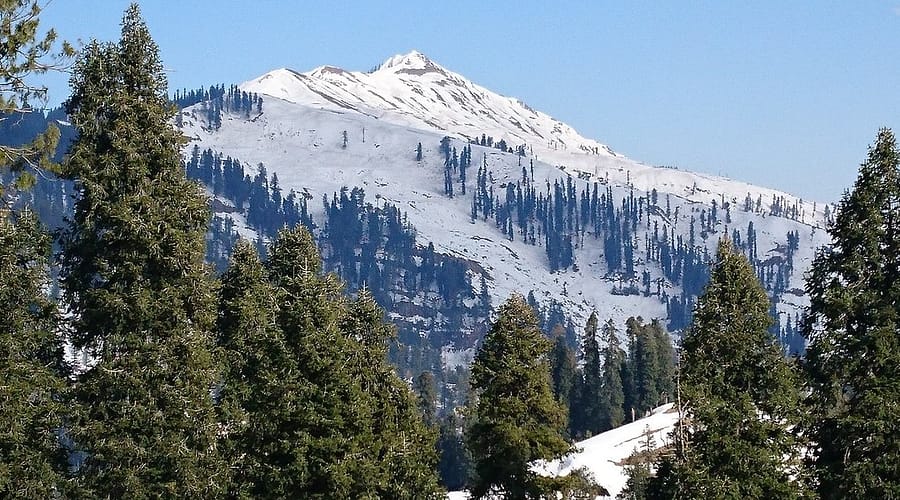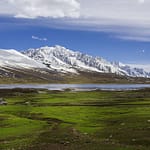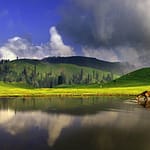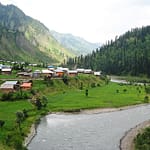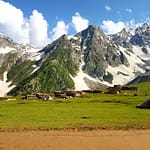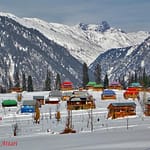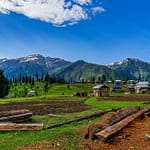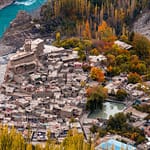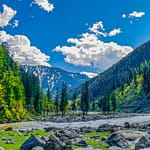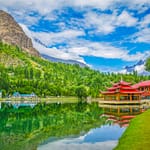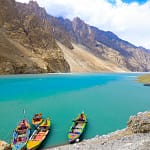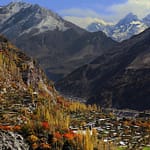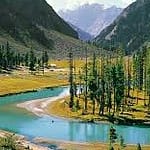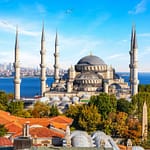Pakistan and Tourism; Potential and Challenges
Pakistan, with its diverse cultural and geographical landscapes, has immense potential for tourism. From the majestic peaks of the Himalayas and Karakoram to the deserts of Thar and the coastal areas of Karachi and Gwadar, Pakistan offers a plethora of attractions to travelers. However, despite having all the necessary ingredients, Pakistan has not been able to capitalize on its tourism potential due to various challenges.
Pakistan is a land of diverse landscapes that attract a variety of tourists. The country is home to some of the highest peaks in the world, including K2, the second-highest peak. The mountainous regions of Gilgit-Baltistan and Khyber Pakhtunkhwa offer a range of adventure sports such as trekking, mountaineering, and skiing. The stunning landscapes and cultural richness of these areas have the potential to attract a significant number of foreign tourists.
In addition to mountains, Pakistan has several other tourist attractions, including historical sites, museums, and archaeological ruins. The country is home to several ancient civilizations, including the Indus Valley Civilization, which dates back to 3300 BCE. The archaeological sites of Mohenjo-Daro and Harappa are significant attractions for history enthusiasts. Pakistan also has several museums and historical landmarks, including the Lahore Fort, Badshahi Mosque, and Shalimar Gardens.
The coastal regions of Pakistan, including Karachi and Gwadar, offer a variety of water sports and beach activities. The beaches of Karachi and Gwadar are known for their stunning sunsets and diverse marine life, making them popular among both domestic and international tourists.
In recent years, Pakistan’s tourism industry has made remarkable progress, and international media has taken note of it. With its stunning natural beauty, rich cultural heritage, and friendly people, Pakistan has become an increasingly popular destination for tourists from around the world. Several factors have contributed to this trend, including improved security, infrastructure development, and effective marketing campaigns.
One of the most significant endorsements of Pakistan’s tourism potential came in 2018 when the British Backpacker Society named the country as the world’s top travel destination. The group’s members were impressed by the country’s diverse landscapes, warm hospitality, and affordable prices. They also praised the efforts of the government and local communities to promote sustainable tourism practices.
The following year, the Lonely Planet travel guide included Pakistan in its annual “Best in Travel” list, citing the country’s “epic landscapes, cultural treasures, and warm hospitality.” The guidebook highlighted several destinations in Pakistan, including the Hunza Valley, Lahore’s Mughal-era architecture, and the Karakoram Highway. It also noted that Pakistan’s tourism industry was “poised for takeoff” and that travelers could expect to see more development in the coming years.
In 2021, Pakistan made another splash in the tourism world when the US-based Forbes magazine listed the country among its “10 Coolest Places to Go in 2021.” The magazine praised Pakistan’s “breathtaking landscapes,” including the Karakoram Range and the Chitral Valley. It also noted that the country’s cultural heritage was “second to none,” with ancient ruins, mosques, and bazaars that rival those in neighboring India.
Pakistan’s growing reputation as a tourist destination has not gone unnoticed by other media outlets. In 2020, the National Geographic magazine published an extensive feature on Pakistan’s Hunza Valley, describing it as “the best place to visit in Pakistan.” The article highlighted the valley’s stunning scenery, welcoming locals, and unique cultural traditions, such as the ancient game of buzkashi.
The BBC has also covered Pakistan’s tourism renaissance, with several articles and videos showcasing the country’s attractions. In a 2020 report, the broadcaster noted that Pakistan’s tourism industry had “bounced back” after years of political instability and security concerns. It cited the opening of new hotels, improved transport links, and the government’s visa reforms as factors that had contributed to the industry’s growth.
These positive reviews from international media outlets have helped to raise Pakistan’s profile as a tourism destination and attract more visitors to the country. However, the industry still faces several challenges that need to be addressed to sustain its growth.
One of the most significant obstacles is security. Although Pakistan has made significant progress in improving security in recent years, the country still faces the threat of terrorism and other forms of violence. The government has taken steps to address these issues, including increasing police presence in tourist areas and implementing strict security measures at airports and other transport hubs.
Another challenge is infrastructure development. Pakistan’s tourism industry is still in its early stages, and many areas lack basic facilities such as quality hotels, restaurants, and public transportation. The government and private sector need to invest more in these areas to attract more tourists and provide them with a comfortable and enjoyable experience.
Marketing is also crucial for Pakistan’s tourism industry. Despite the positive reviews from international media, the country still struggles to compete with other popular destinations such as India, Thailand, and Malaysia. More needs to be done to promote Pakistan’s unique attractions, cultural heritage, and welcoming people to a global audience.

